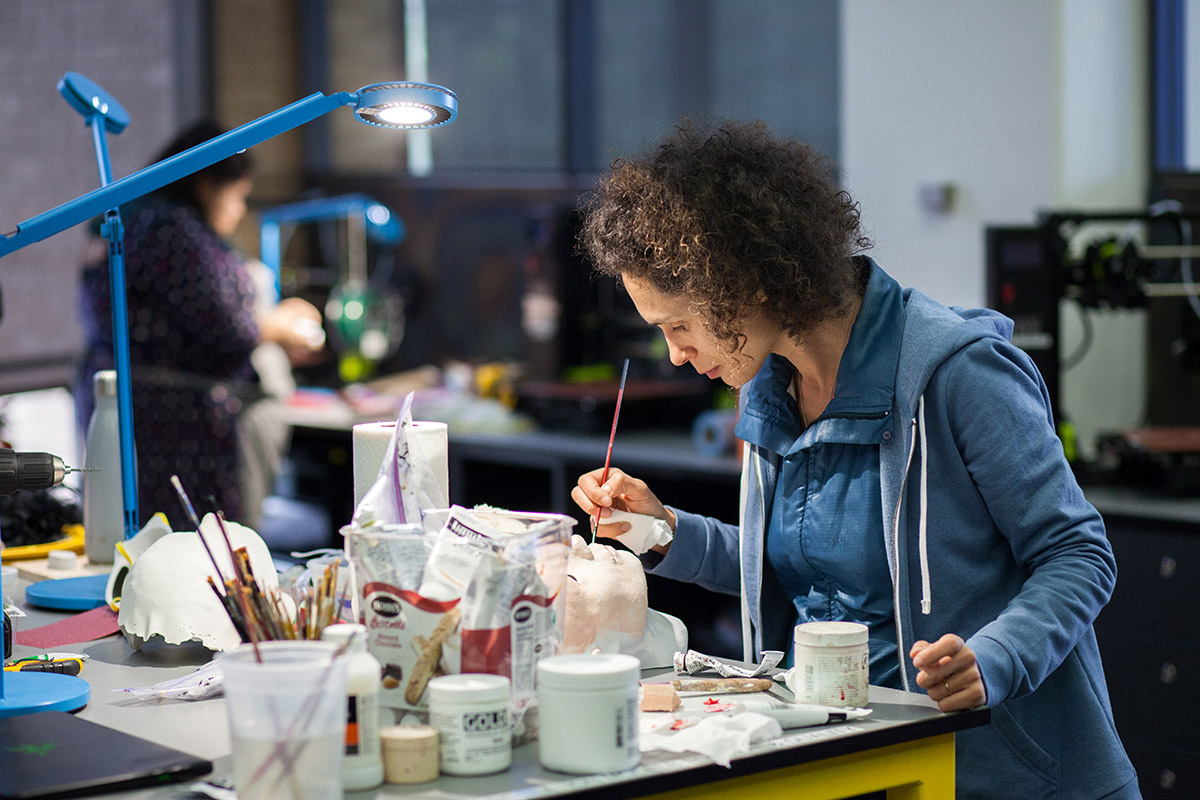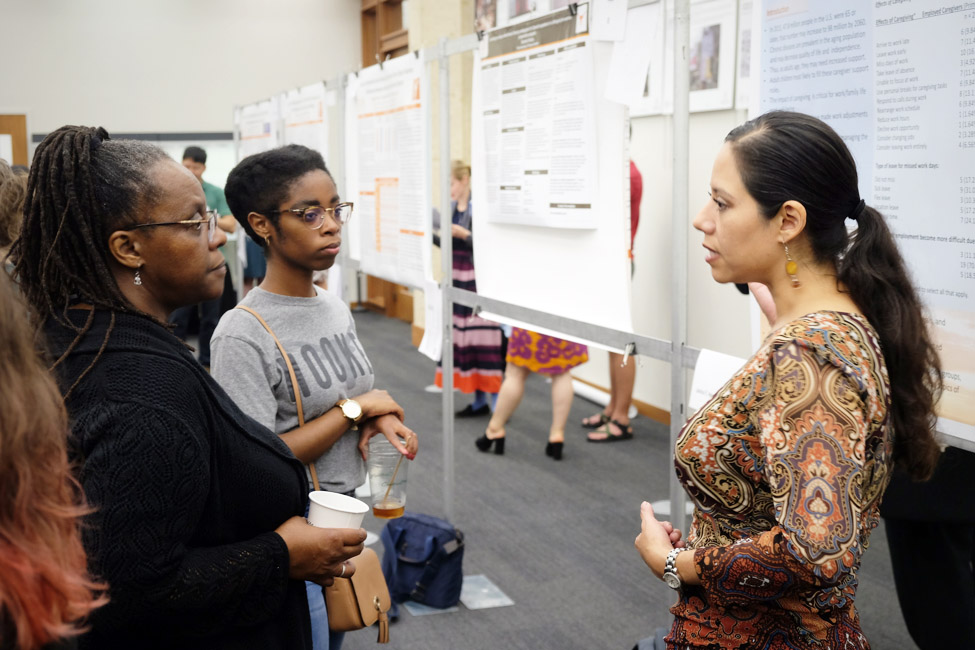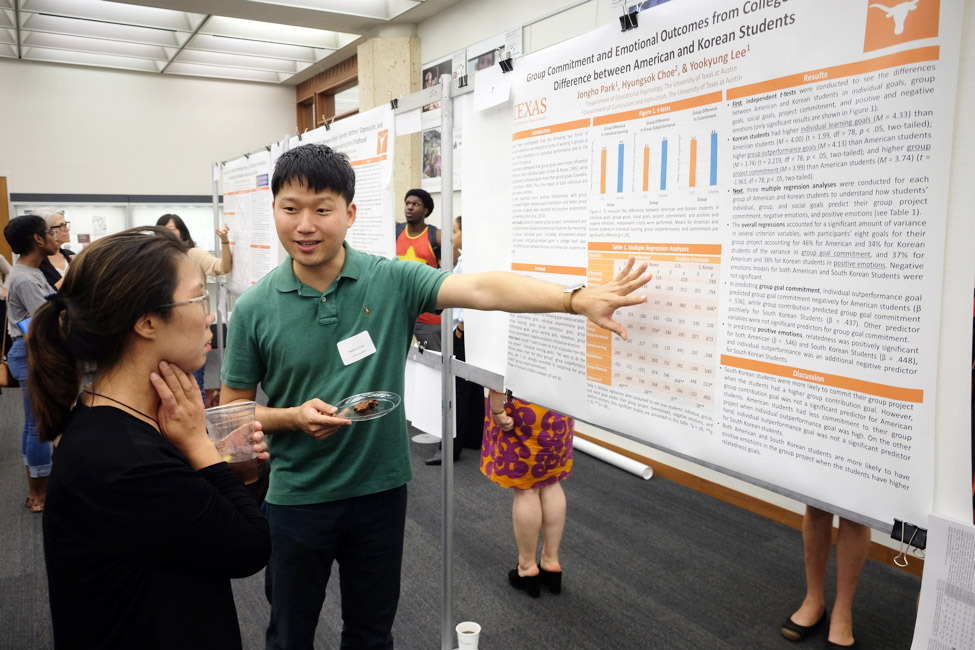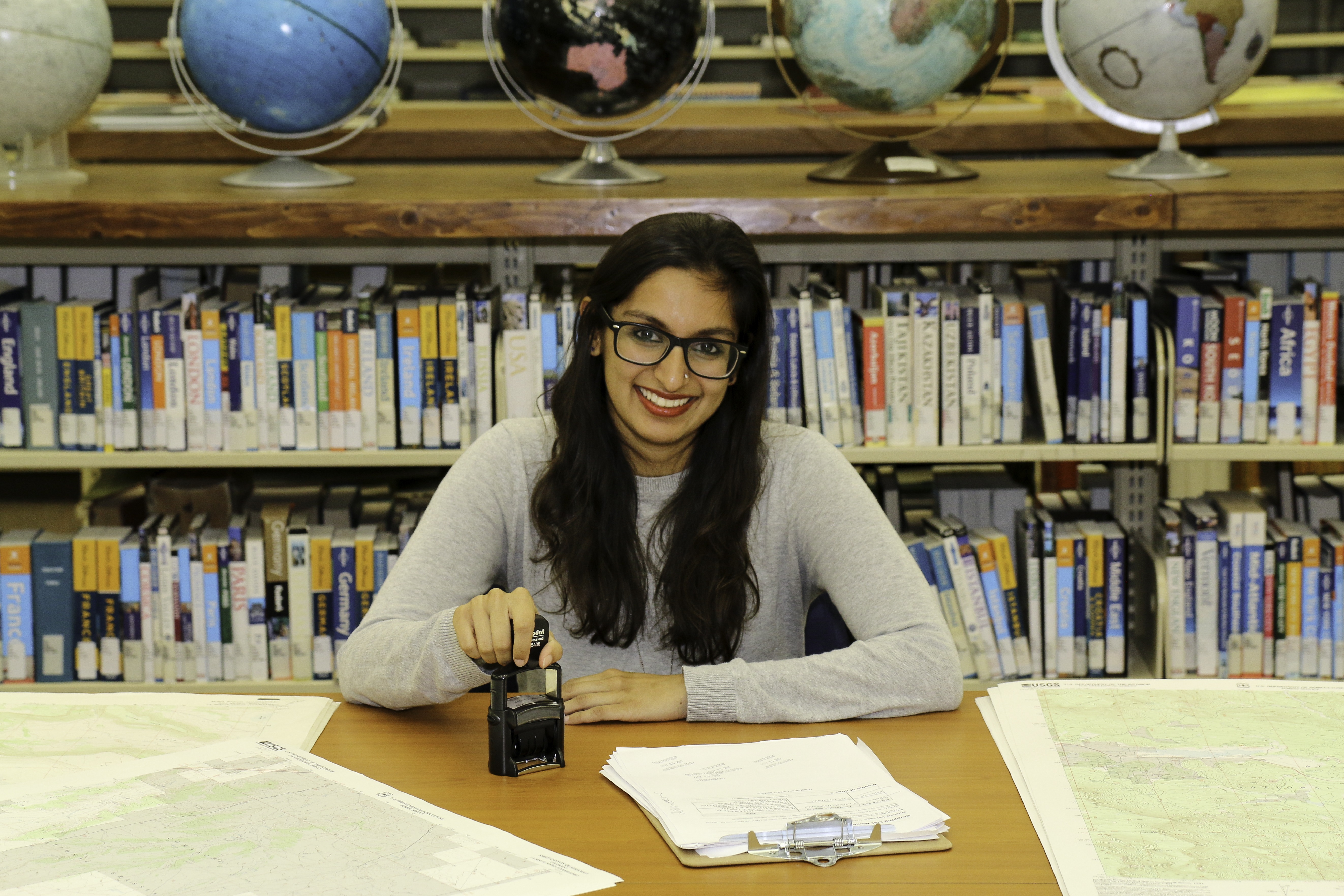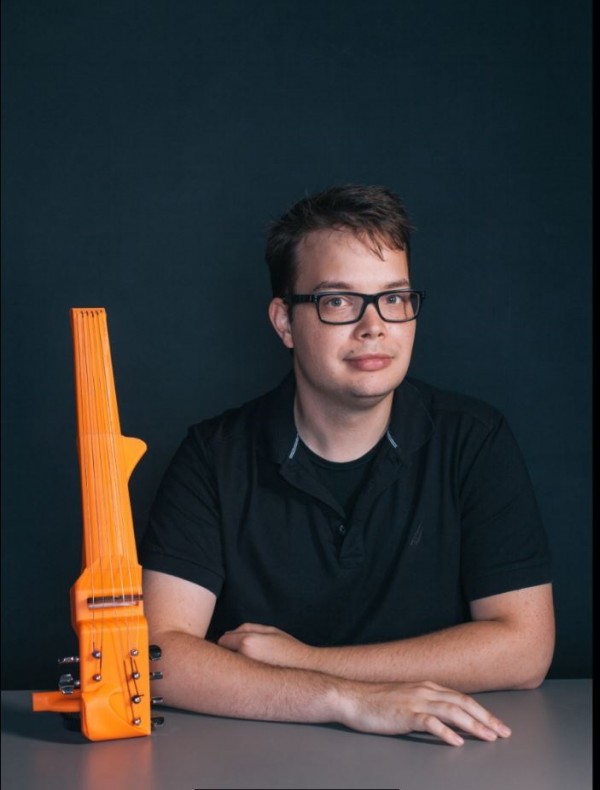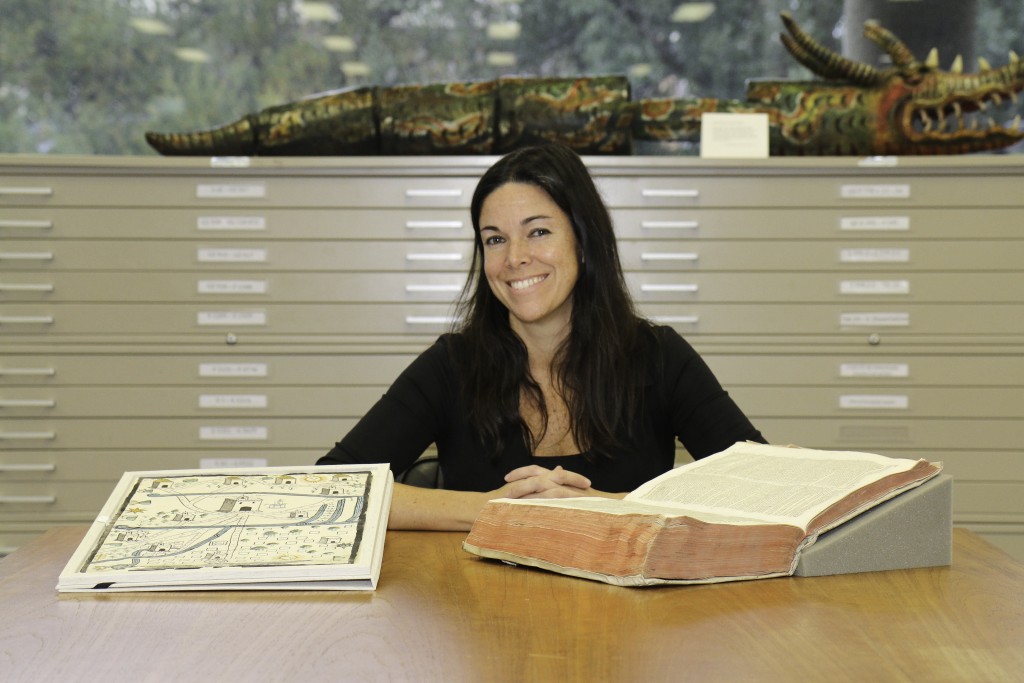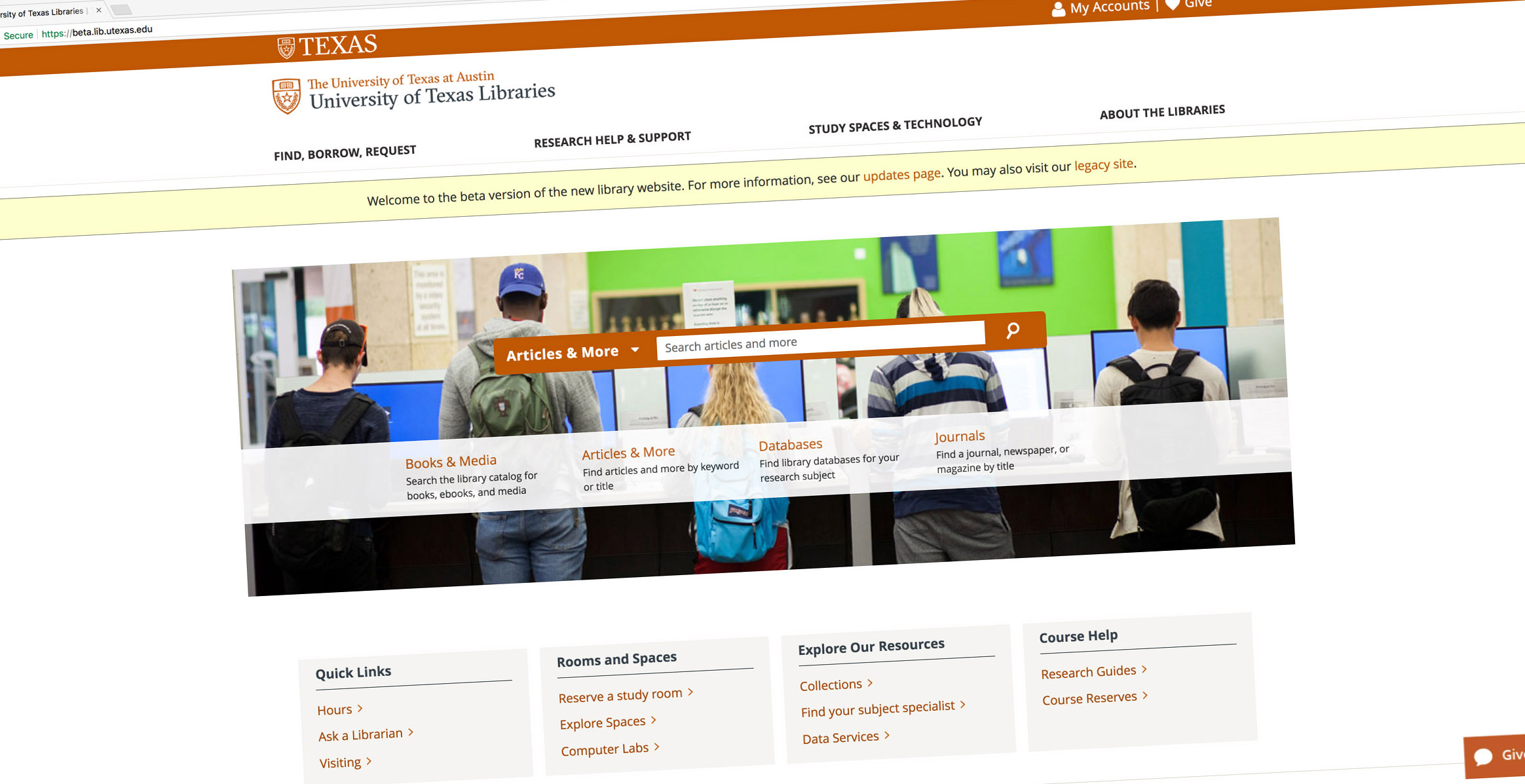Early in November, the Foundry makerspace at the Fine Arts Library welcomed its second artist-in-residence, Russian-born American multimedia artist Yuliya Lanina.
Lanina’s deeply personal work spans the universe of media — painting, sculpture, video, animatronics, performance — and resides in a space where whimsical imagery dances in a veil of melancholic undercurrents like children’s tales if viewed a lens of Heironymous Bosch.
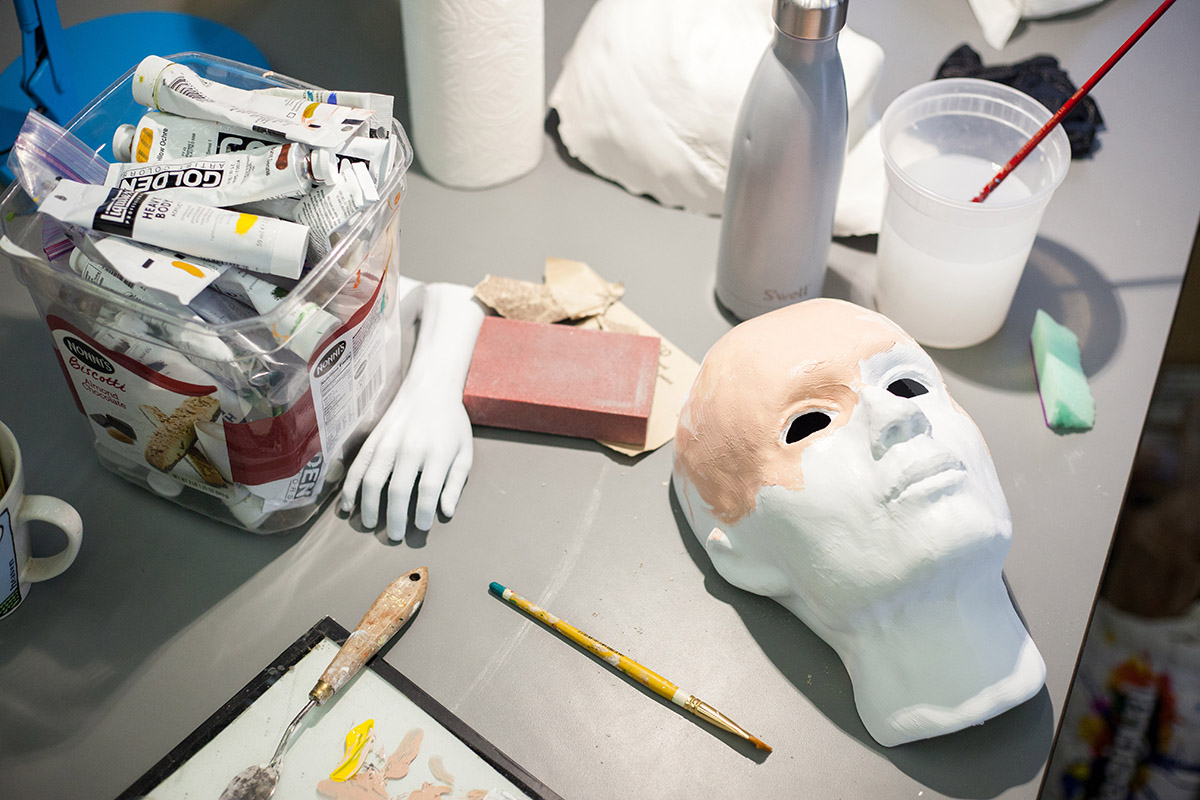
Lanina spent the better part of her time at the Foundry working on a collection of animatronic projects, from doll to human-size in stature, that are intended to interact with the viewer, with sensors that activate motion and audio when a viewer is in proximity.
Lanina focused most of her time in the Foundry on one project — “Herstory” — a human-sized animatronic doll with a face cast (3D printed) from the artist’s own, which intends to explore gender and cultural identity through the sharing of awkward anecdotes and stories that challenge the way that gender is perceived. Lanina presented a public talk focused on the project, but covering her other works, as well, as part of the residency.
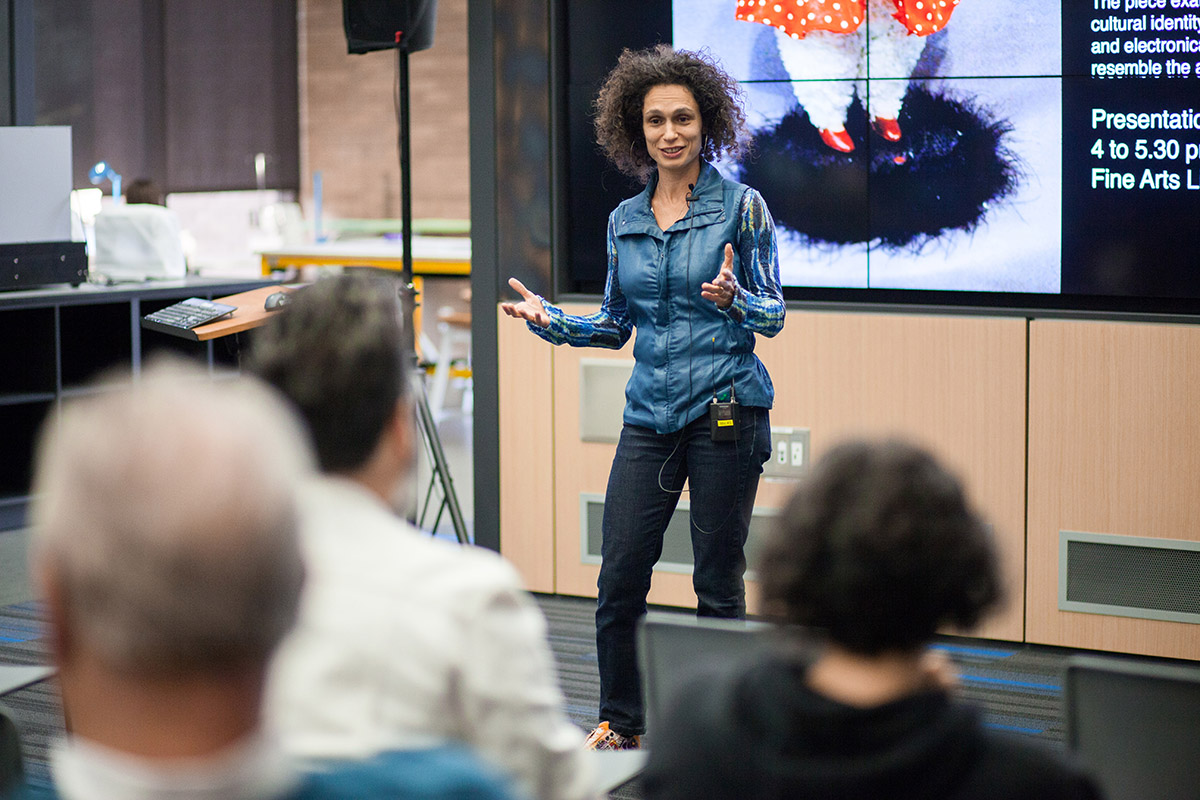
Lanina’s art has been exhibited in such museums and institutions as the Seoul Art Museum, Moscow Museum of Modern Art, Ludwig Museum (Cologne), the Cleveland Institute of Art, and Galapagos Art Center in Brooklyn. She’s received honors that include fellowships and scholarships from Headlands Art Center (California), Yadoo (New York), CORE Cultural Funding Program (Austin, TX), BluePrint/COJECO (New York City), TEMPO (TX) and an honorable citation from New York State Assembly.
She holds MFA in Combined Media from Hunter College, CUNY, New York and a BFA in Painting and Drawing from Purchase College, SUNY.
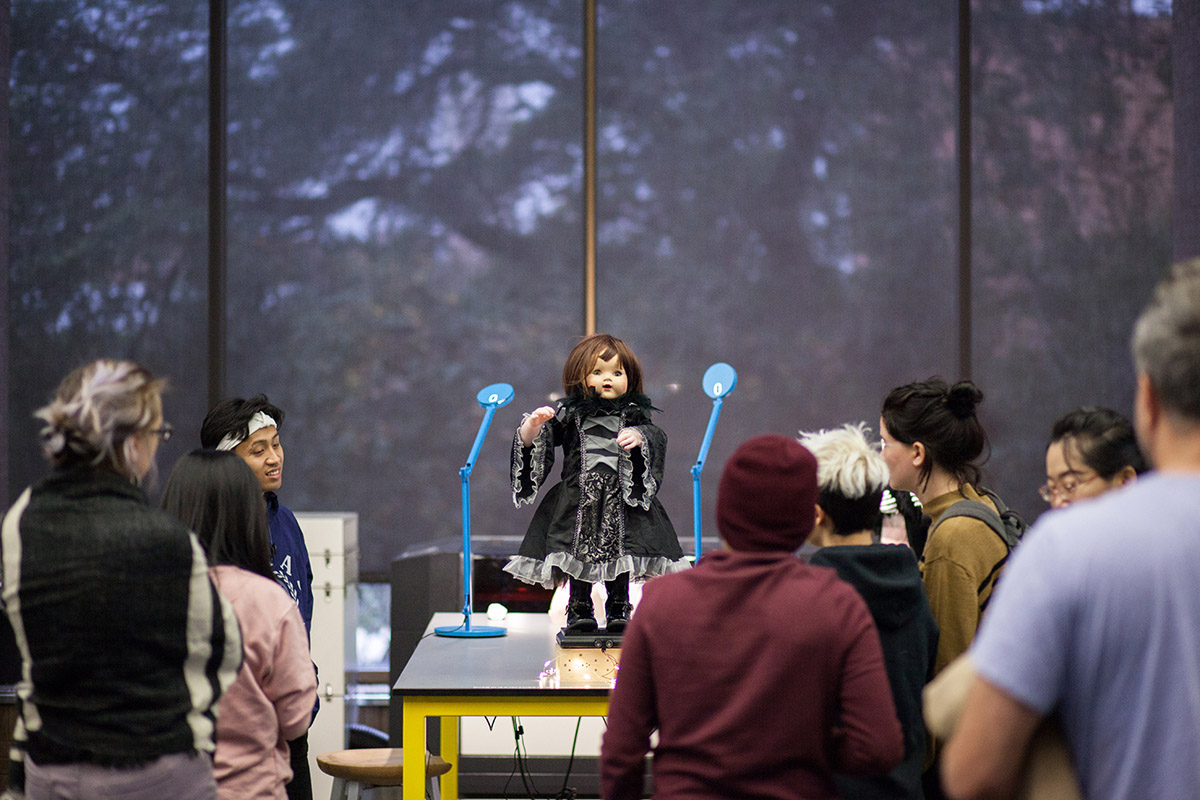
Funded by donor Kirby Attwell and COFA, the artist-in-resident series brings notable multi-media artists to Austin for a week at a time for workshops with students, lectures for the public and a chance to pursue their own art on the advanced equipment in the Foundry. The previous artist-in-residence at the Foundry was Israeli American contemporary media artist Yael Kanarek.
Read more about Yuliya Lanina at the fantastic new Austin arts magazine Sightlines recently launched by veteran area arts writer Jeanne Claire van Ryzin.

